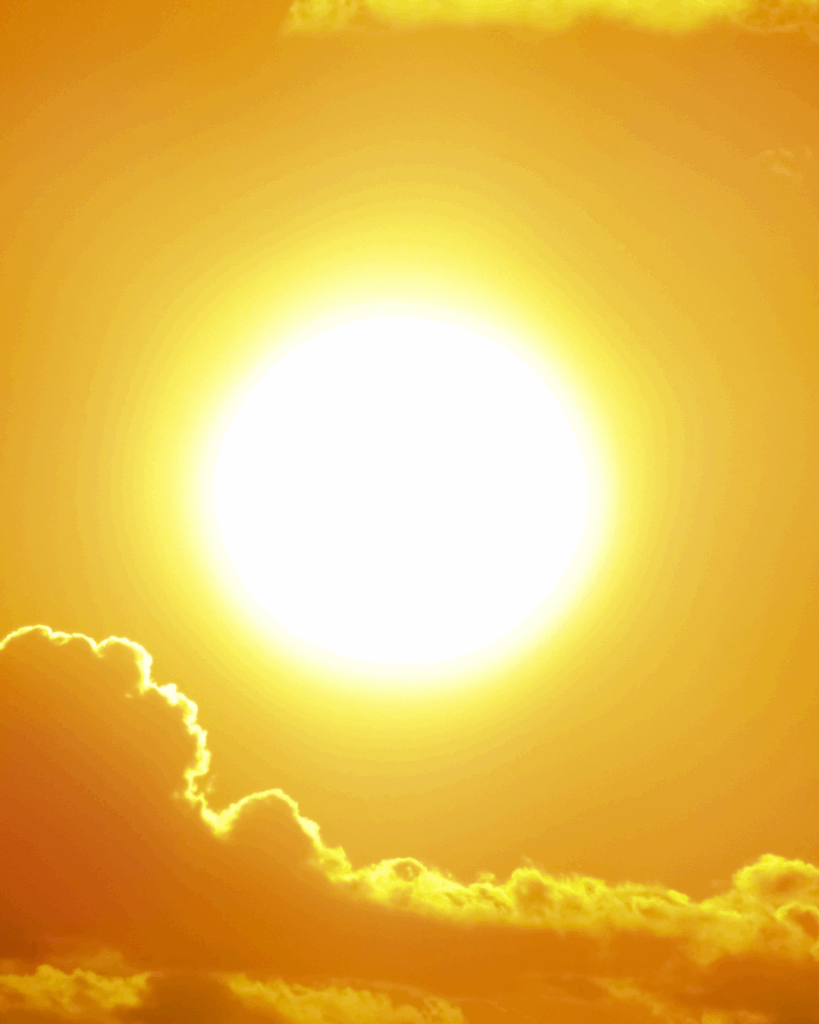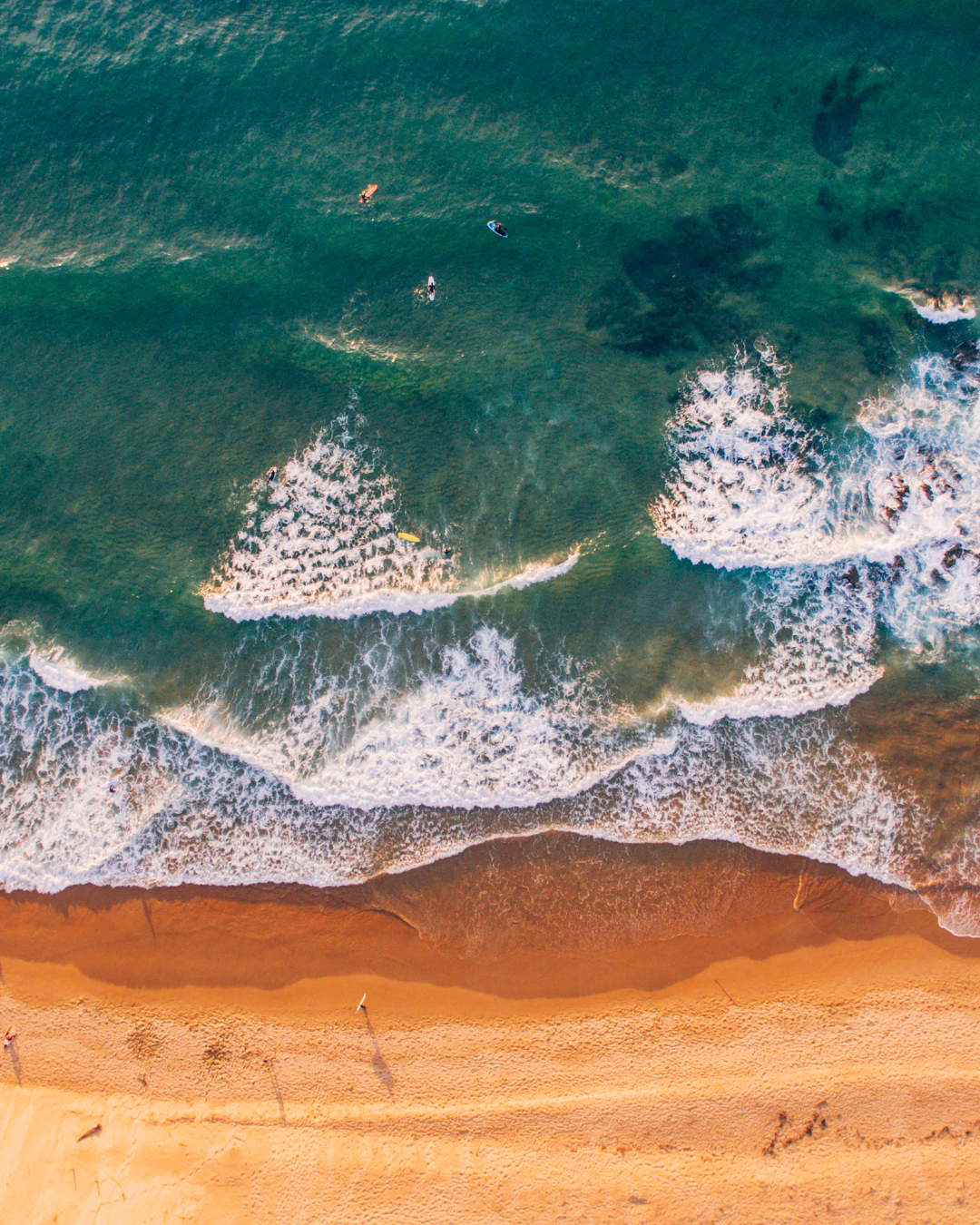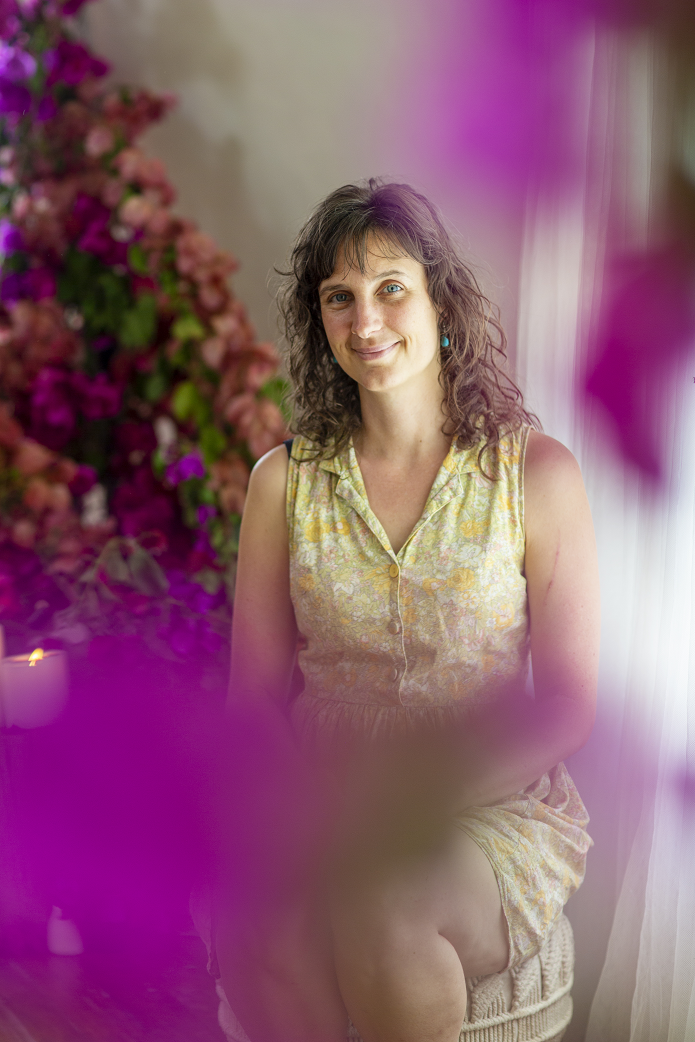Summer is hopefully just lazy days at the beach, laughing with friends at picnics and playing backyard cricket, but it pays to know when heat becomes more than our bodies can handle.
Heat-related illnesses happen on a continuum, from heat stress to heat exhaustion to heatstroke.
Whilst colloquially we might call heat stress ‘heatstroke’ or ‘sunstroke’, they’re two totally different beasts and it pays to be able to tell the difference!
Heat stress and heat exhaustion primarily are issues of dehydration but in heatstroke, the body’s temperature regulating mechanism malfunctions and we can no longer cool ourselves down.
Heatstroke is a medical emergency and you need to call 000 right away. Let’s learn to recognise the signs of heatstroke and what to do while we’re waiting for the ambulance.
This article’s about heatstroke, but if you want to learn herbal remedies and DIY recipes for heat stress and heat exhaustion, you’ll love my upcoming course: Make your summer apothecary: 3 week medicine-making course, starting October 21
What is heatstroke?
Heatstroke occurs when the body overheats and our inbuilt cooling system fails. Normally, sweating and evaporation help regulate body temperature, but in heatstroke, the body temperature rises to 40°C (104°F) or higher and can no longer cool down effectively.
Without quick treatment, heatstroke can lead to serious organ damage and even be fatal.
A recent report showed 1000+ people died of heatstroke between 2016 and 2019, with other reports showing there’s heaps more hospitalisations from heat-induced complications, or exacerbations in other medical conditions.
Even though most of us don’t really give it a second thought, heatstroke from heatwaves is the biggest killer from natural disasters in Australia
Heatstroke symptoms
Recognising the signs of heatstroke early is key to preventing serious complications. Common symptoms include:
- Very high body temperature where skin feels hot and flushed (VS heat exhaustion when people feel hot but still have a normal body temperature)
- Little or no sweating despite the heat (vs heat exhaustion where people are still sweating)
- Confusion, agitation, or dizziness
- Severe headache or nausea (headache can also by symptoms of heat exhaustion but nausea is usually associated with heatstroke)
- Collapse, seizures, loss of consciousness
If you or someone else shows these signs, it’s time to act immediately.
(In case it’s helpful, in the Make your summer apothecary course, you’ll get a table with a side-by-side comparison of symptoms for heat stress, heat exhaustion and heatstroke)
Who’s at risk of heatstroke?
Anyone can suffer from heatstroke, but certain groups are more vulnerable:
- Young children and babies because they heat up more quickly than adults
- Pregnant women
- Older adults who have reduced ability to regulate temperature
- People with chronic conditions, particularly heart or breathing problems. If you take regular medications, check with your doctor or pharmacist about extra heat precaution.”
- Athletes and outdoor workers in hot or humid conditions
Heatstroke first aid: what to do
If you suspect someone has heatstroke, treat it as an emergency. Here’s what to do:
- Call 000 emergency services right away
- Move the person to a cooler location, in shady area or indoors with air conditioning or fan if possible
- Hydrate slowly, electrolyte/ rehydrating drinks are best if you have them, or water. Don’t give fluids if the person is unconscious or confused
- Cool the body quickly. Apply cold wet cloths, ice packs (armpits, neck, groin), or immerse in a bath or shower if possible.
- Stay with them until medical help arrives

How to prevent heatstroke
You probably already know how to prevent heatstroke because it’s summertime commonsense in Australia (whether we follow it or not is another matter, health advice is kinda like that, easy to know hard to follow (but that’s a tangent for another day 😉)
Here are my heatstroke prevention tips:
- Stay hydrated, drink water and on especially hot days (or if you know you’ll be out in the sun), drink herbal electrolyte drinks to replace electrolytes. Coconut water can be a good natural electrolyte drink in some circumstances, but if really sweating or already starting to feel heat stress you’ll need to add some extra salt for adequate mineral replacement.
- Wear light, breathable clothing, and a wide-brimmed hat outdoors.
- Avoid peak heat hours, usually 11am to 3pm.
- Take regular breaks in the shade if working or exercising outside.
- Check in on vulnerable people
- Have a household and heatwave plan, make sure everyone in your household knows what to do during heatwaves, including how to store heat-sensitive medication if relevant, where and how to access cool locations, and a plan to check vulnerable family, friends and neighbours
Like many issues in home herbalism, if we catch symptoms when they’re small, they don’t have a chance to progress to more serious illnesses. This is true here too. If we can catch heat stress in its early stages it’s unlikely to progress to heatstroke
Learn how to use herbs for heatstroke and make your own herbal remedies and DIY electrolyte drinks join my upcoming course: Make your summer apothecary: 3 week medicine-making course


